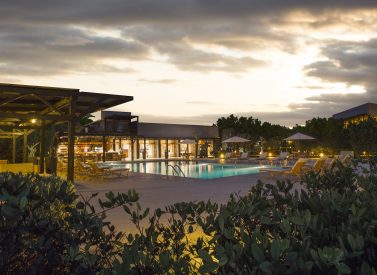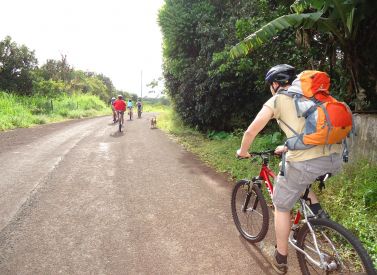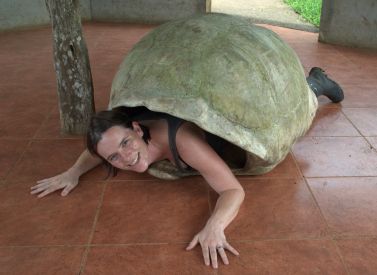
Galapagos Island Hopping: San Cristóbal, Isabela and Santa Cruz
Explore the archipelago on this Galapagos island hopping holiday.
Discover the Galapagos Islands, its wildlife and seas with our hotel-based trips.
We knit together the tours and islands you want to visit with the hotels to match your needs.
Visit three fantastic Galapagos islands, by speedboat and light aircraft, leaving the crowds of visitors and well-worn paths behind in this paradise.
More about Galapagos island hopping.
We tailormake the tour to your preferences, making it perfect for those special, one-off holidays.
Honeymoons, anniversaries or special occasions all lend themselves to Galapagos island hopping tours.
Families also love our bespoke itineraries as we pick the tours that best suit your needs.
Add in more or less activity and relaxation, choosing from standard to luxury hotels.
The following is a guideline tour; we can offer a wide variety of day trips with this itinerary.
Read more in our blogs about day tours:
Trip Highlights
Print Share Download as PDF-
Snorkel with sea turtles, sea lions and more, including sharks.
-
In-depth visits to three Galapagos islands - San Cristobal, Isabela and Santa Cruz.
-
Hike up the active volcano Sierra Negra, and see one of the biggest calderas in the world.
-
See the famous giant tortoises in their natural habitat, and snorkel at Kicker Rock.
-
Completely flexible itinerary - add more activities, islands - the choice is yours.
-
Choose from two to five star hotels (where available) to suit your budget.
This has to be one of my best trips ever!! Highly recommended! The Galapagos has to be on everyone's bucket list!
I am reborn! Simply the best holiday I have ever been on. I don't think I would change anything.
MY Chang, Galapagos
Full Itinerary
Day 1: Fly to Galapagos – Junco Lake - Galapaguera - Chinese Port (Beach) (L)
Fly to San Cristobal Island.
From San Cristobal Airport, where our local guide welcomes us, we head to the Highlands of the island for a visit to La Galapaguera, a giant tortoise breeding centre, where we will be able to see the archipelago’s most iconic creature.
We continue our excursion to Junco Lake – the only fresh water lake in Galapagos – where we see marine birds.
Our final stop is at Chinese Port, a beautiful beach, then on to our hotel to settle in.
Hotel Pimampiro or similar
Day 2: Kicker Rock or Lobos Island – Puerto Grande (B,L)
Today we set sail for the famous Leon Dormido (Kicker Rock) where we can watch the high-flying boobies and frigate birds.
We jump into the clear water for some deep water snorkelling around Kicker Rock. There will be the opportunity to swim with rays, seals, iguanas, multi-coloured fish, and much more.
Alternatively, you could choose a trip to Lobos Island. Here, we can snorkel with the playful local sea lion colony, who seem enjoy our company as much as we do.
Whichever trip you choose, after the snorkel, we head to one of three beaches — which beach we visit is decided by the Galapagos Park authorities.
Puerto Grande has a beautiful white sand beach to enjoy a well-deserved rest and a box lunch.
Cerro Brujo has stunning rock formations and caves plus a white sandy beach.
Manglesito is an east-facing beach, great for sea birds and mangroves.
After enjoying our time on the beach, we return to the Puerto Baquerizo Moreno on San Cristobal by boat.
Hotel Pimampiro or similar
Day 3: Flight to Isabela Island– Giant Tortoise Breeding Centre - Flamingo Lagoon - Wall of Tears by bicycle (B)
This morning we board a light aircraft for our short hop to Isabela Island. (includes 35lb luggage).
You will be met on arrival to begin our exploration of Isabela Island with a visit to the Giant Tortoise Breeding Centre where you can observe tortoises of all ages and sizes. We also learn about the breeding and farming of giant tortoises and see all the work that is being done to help recover the wild populations of these species. From here we continue to Flamingo Lagoon, where you get a close look at these fabulous birds.
After lunch we hop on our bikes and head to the Wall of Tears. This historical place was built by the prisoners of Ecuador’s first jail – your guide will explain more about its history.
On our way back we stop at the Orchilla Viewpoint. From the top you can see the entire coastal wetland system including Poza de los Diablos, Puerto Villamil, the beaches, the volcanoes and the islets to the south-east of Isabela. It’s a great location for a panoramic photo on clear days.
Return to the hotel.
Hotel Laguna or similar
Isabela background
Isabela is the largest island in the Galapagos – bigger than the rest combined. It is about 75 miles long and 50 miles at its widest point. The total land area measures 1,771 square miles – bigger than Rhode Island.
It is comprised of five major volcanoes, two of which are still active. These mountains were most likely separate at some point in the past, later fusing into a single mass. Cerro Azul most recently erupted in 1999 as Isabela continues to emerge from the earth. Wolf Volcano is the highest point throughout the Galapagos at present with an elevation of 5,600 feet.
Because it is relatively young, Isabela’s lava fields and surrounding soil do not have the varied vegetation zones of other islands. Despite this, the rich animal, bird, and marine life exists here. There are more wild tortoises here than on all of the other islands combined and they roam freely in the calderas of the volcanoes.
Day 4: Sierra Negra Volcano and Chico trek and Campo Duro Farm (B,L)
Today, we’re heading up a volcano!
Sierra Negra Volcano is one of the most active volcanoes in Galapagos; its last eruption was in October 2005. A short uphill hike takes us to the perimeter of the caldera.
Once we reach the rim, we’ll have a nine kilometre view that stretches across one the most active calderas in the world. We’ll continue on to traverse the vast lava fields of Chico volcano to a lookout that boasts breathtaking views reaching to the north of Isabela.
With a hearty sense of accomplishment, we’ll make our way back to town.
Return and lunch in a local farm where we can also watch Isabela Giant Tortoises ambling slowly around. In the afternoon return to Puerto Villamil and our hotel
Hotel Laguna or similar
Volcano hike notes: You’ll be walking 2-4 hours with frequent rest stops. From the National Park checkpoint, there’s about a 45-minute walk uphill to the rim of the volcano. The trail around the rim has only slight up and downs with a few short steep inclines. The lava fields of Volcan Chico are uneven and rocky in areas.
The path in and out is dirt: if it’s been raining, it could be muddy. There’s one proper bathroom at the beginning of the trail. The majority of walking is on level terrain. If you have weak ankles, use athletic braces and wear hiking boots. If you have knee trouble, bring a hiking pole or two. This is a non-technical hike.
Day 5: Tunnels of Cape Rosa (5h excursion) (B, L)
Today another one of the highlights of this trip awaits!
We are leaving Puerto Villamil by boat again and after 45 minutes we reach beautiful Cape Rosa on the western side of the island.
Here we can walk on connecting lava tunnels in the blue sea waters. From the surface, we can easily spot dozens of sea turtles, penguins and rays and we can go snorkelling and swimming in this rich marine fauna.
As we sail to and from Isabela, we hopefully see manta rays of different sizes and if it is the mating season, we see them diving upside-down, waiting to have their pictures taken.
Then there will be free time to explore Puerto Villamil’s beach by yourselves.
Hotel Laguna or similar
Day 6: Tintoreras Channels - Boat trip to Santa Cruz (B)
In the morning we visit Tintoreras Islet. Here a colony of white-tipped reef sharks can often be seen resting in a lava canal.
Nearby hundreds of marine iguanas can be observed, as ‘Las Tintoreras’ is one of their main breeding sites. On the nearby sandy beaches, sea lions play and relax in the sun. Afterwards you have the opportunity to snorkel, looking out for rays, penguins and sharks.
After lunch, we board the public speed boat for the two-hour crossing to Santa Cruz.
Hotel Hotel Deja Vu or similar
Speed boat crossings:
Residents and tourist alike use this method of shared transport regularly between the main inhabited islands. Out on the open ocean, this is your best chance to see whales and dolphins. Each crossing takes about 2-2.5 hours. Less time if the sea is calm, more time if the sea is rough. Boats are usually 30-35 feet long and hold 20-30 passengers. If you’re prone to seasickness or not sure, bring some seasickness pills just in case.
Day 7: Charles Darwin Station – biking Highlands -Bay tour (B)
We start the day with a visit to the important Charles Darwin Research Station – one of the largest breeding centres for Galapagos tortoises and land iguanas.
Here our guide gives us a detailed explanation regarding the evolution of the islands, as well as its famous giant tortoises.
From there we head for Santa Cruz Highlands, where we walk into the bush to look for giant Galapagos tortoises who cross this farm as part of their migration route across the island.
Then we hope on our bikes and descend to the town – stopping to look at some fascinating lava tunnels on our way.
After lunch, we tour the bay and visit Punta Estrada, the Germans’ Beach, Channels of Love and the Grietas, where we have the opportunity to watch marine birds and sea lions and are able to snorkel.
Hotel Deja Vu
Day 8: Transfer to Baltra, fly Quito or Guayaquil, ends (B)
After a final breakfast we say goodbye to the islands and take our transfer back to Baltra airport.
Prices From $2,971 / £2,415 per person
What's Included?
Accommodation in double room with private bathroom, meals as specified, land and sea transport as specified, San Cristobal to Isabela Island flight, daily group excursions as listed, English-speaking local guide during excursions, mountain bikes, snorkelling equipment
What's Not Included?
International flights, Ecuador-Galapagos return flights, Galapagos National Park entrance fee ($200), Ingala transit card ($20), Pier fee Isabela Island ($10 p.p. in cash), Airport fee Isabela Island ($10 p.p. in cash), Pier fee Puerto Ayora ($1 p.p. in cash), water taxis ($1 each way per person), all drinks, meals other than stated, optional diving (please enquire about diving packages), Quito/Guayaquil services, tips, any personal expenses, anything not specified in the package
Accommodation
Hotels – singles, twin, doubles and some triples and family rooms available.
The islands aren’t known for glamorous lodgings, and our starting price hotels are standard hotels (comparable to 2* hotels), that we have chosen on the basis of comfort and cleanliness.
Upgrades to 3-5* hotels available on request (extra cost).
Tour Staff
Staff are “Galapagueños”, most of the guides, captains and crew members were born and raised in the Galapagos Islands.
They know the area well and are prepared to show you the islands as only a native can.
Our naturalist, English-speaking guides have studied and been trained at Charles Darwin Scientific Station, and have years of experience guiding on the Galapagos Islands.
Meals
We can cater for many special dietary requirements on this tour. Please let us know at the time of booking.
Breakfast and some lunches are included in this tour.
Your guide will take the group to a locally-run restaurant on the island, where there will be a choice of dishes. Galapagos is a very remote area and not everything is available here.
Typically, there is a lot of eggs, fish, chicken, rice and some potatoes, plus fresh fruit and vegetables and coffee. There are also international plates such as pasta, pizza, hamburgers etc.
When you have free time to choose your own meals, our guide can make recommendations or you can explore on your own.
Activity Level
This is an active tour where you will have 1-2 activities each day, each being 2-3 hours in length.
Snorkelling last 1-2 hours usually, depending on water temperatures.
The hiking day on Sierra Negra involved 4-5 hours of walking.
All activities are within the scope of people that like to be active. No previous experience is necessary for any of the activities, however, as none are designed to be overly strenuous.
Practical Information
Introduction to Galapagos
These magical islands comprise of 50 volcanic islands of varying shapes and sizes, which lie 1,000 kilometres off the coast of Ecuador.
Here, unlike anywhere else on Earth, you can enjoy a thousand close encounters with a weird and wonderful variety of ‘friendly locals’, including giant tortoises, fur seals, sea iguanas, frigate birds and blue-footed boobies.
Read our Galapagos Islands Guide and more about diving.
In 1535, Tomás de Berlanga, Bishop of Panama, floated into this archipelago and named it Galapagos after the giant tortoises he encountered. Pirates used the islands for refuge and to bury their stolen treasure after that.
The islands’ most celebrated visitor was Charles Darwin, who arrived aboard the HMS Beagle in 1835. The rare life forms he encountered helped him formulate his theory of evolution, which he published in The Origin of Species by Means of Natural Selection.
It wasn’t until 1959 when it became part of Ecuador’s national park system that this fragile ecosystem with its rare and endemic species came under protection.
In 1979 the Galapagos archipelago was declared a UNESCO World Heritage Site.
Fitness and experience
The Galapagos Islands are a suitable destination for most ages and fitness levels. Walks are generally short, although some volcano hikes are more challenging and may involve 2-3 hours of walking. Snorkelling is a real highlight on the Galapagos, so the ability to swim and snorkel is recommended. Snorkelling is suitable for those that have never tried before.
You need to be able to make some wet landings i.e. stepping out of a panga onto a sandy shore, and you may need to ascend or desend small ladders when getting on or off boats at docks or to snorkel.
The fitter you are, the more you will enjoy the Islands, but they really are accessible to all. You can choose to skip any activities you do not wish to partake in.
Read more in our blog about a typical day on Galapagos.
Galapagos kit list
Good kit is vital for every trip.
Book with Andean Trails and get 15% off Páramo’s fantastic ethical and high performance outdoor gear.
Galapagos – general advice
Galapagos is warm and humid, and you will need t-shirts (moisture wick-away or breathable t-shirts can be very useful, it can get very hot in the day), shorts, lightweight skirt or trousers and bathing suits.
One or two cotton shirts can be used to protect you from sunburn, especially when snorkelling (not very elegant worn in the water over a swimsuit, but practical – and Galapagos is NOT an elegant place!).
You may want to change into different clothes for the evening, but don’t take anything dressy or smart – there really is a very relaxed atmosphere in island hotels.
Pack something warm and windproof for being the inter-island speedboats – and a waterproof for the Highlands.
Strong sandals, trainers, or light hiking boots are ideal footwear – you may like to have something suitable for easy walks and another for tougher terrain – your guide will advise you daily what the walking will be like.
Do take a hat!
Seasickness tablets if you think you will have problems – i.e. Sturgeon, or Mareol if you buy them in Quito. The sea can be choppy, so it is recommended to take them as a precaution.
Galapagos – detailed kit list
- First aid kit – aspirin, imodium, sun tan lotion (facter 50 recommended), sunburn cream, lip salve, throat lozenges, insect repellent, etc.
- Earplugs, if you sleep lightly.
- Sun glasses and sun hat.
- Snorkelling equipment is provided on every tour, but it may suit you better to take equipment in your size that you know will fit you. Even if you have not snorkelled before, DO have a go – under water Galapagos is a very special experience. Try it first of all from the beach, to get the hang of breathing through gritted teeth, then take the plunge!
- Towel, for the beach.
- Money belt.
- Passport, with at least 6 months remaining from date of return from Ecuador.
- US Dollars cash and mixed denomination notes, undamaged and unmarked.
- Visa/MasterCard, Cash card.
- Personal & Medical insurance.
- Camera and film / memory cards (take at least twice the amount you think you will need!). You may want to take an underwater camera for snorkelling.
- Camera charger
- Binoculars
- Small backpack – to keep your sun cream, water, shirt etc in when you are on shore/activity.
- Small plastic water bottle, 1-2 litres, depending on how much you drink.
- Biodegradable (v. high factor, 50+ recommended) and lip salve.
- Toiletries (featuring biodegradable soap).
- Wet Wipes/antiseptic hand wash cream
- Travel alarm clock.
- Sewing kit.
- Spanish/English phrasebook.
- Book, e-book, mp3 player/ipod or other for free time.
The Galapagos Islands are a very fragile environment and the arrival of more and more inhabitants to the islands, as well as tourist have an impact.
Please try to minimise your impact by:
- Bringing a water bottle to refill, rather than using a new bottle each time.
- Recycling your rubbish where possible, not leaving any rubbish behind.
- Taking batteries back home with you – they cannot be recycled properly in Ecuador.
- Saving water where possible.
- Leave toiletries that contain microbeads at home
- Saving energy by switching your lights off when you leave the room. Electricity on the islands comes from a generator, fuelled by petrol. For this same reason, please think about whether you really need to use your air conditioning.
Quito
Pleasantly warm during the day, but can be quite chilly during the morning or at night when you might want a jacket or a fleece, plus a waterproof.
You may want to dress up a little more in the evening here, depending on where you are staying, and what sort of restaurant you like.
Guayaquil
Conditions here are similar to Galapagos – hot and humid. T-shirts and shorts in the day, and like Quito, something smarter for eating out in restaurants at night.
Tipping
Tipping is entirely voluntary and how much you give depends on how you feel about the service you have received.
This is a rough guideline – please note that all Galapagos tips must be left in USD cash.
- Galapagos guides: USD 5-10 per person, per day.
- Boat crew: USD 5-7 per person, per day.
And then throughout mainland Ecuador:
- Airport porters: Minimum USD 1-2 per bag – compulsory.
- Hotel staff: USD 1-2 per night, in the staff tip box.
- Transfer drivers/taxis: Generally not expected.
- Drivers: USD 10-25 per day total from the group.
- Restaurants: +10% for adequate to excellent food and service.
Galapagos park fees
Before you fly from Quito or Guayaquil airport, you need to pay USD 20pp for a transit control card. Some cruises pre-pay this and include it in your trip cost.
On arrival in the Galapagos, you will be asked by a representative of the Galapagos National Park to pay the Park fee in cash (currently US$ 100 per person, USD 50 per person for under 12s).
The dock tax is US$5 on Isabela Island, and the airport tax is US$15 for flights between islands.
All National Park fees subject to change without prior notice.
Floreana, Galapagos
Floreana is the least populated Galapagos island and yet home to its most scandalous tales!
Gossip aside, it is home to Post Office Bay, where a post barrel was erected in the late 18th century by English whalers. Passing sailors took the messages onwards – and it still functions today.
The nearby Devil’s Crown is one of Galapagos’ most special snorkels.
A (at times strong) current pushes you past the remains of a submerged volcano with its crater ‘horns’ still exposed, and you’ll see a brilliant array of colourful fish and corals.
Great viewpoints at Asilo de La Paz and Baroness view, too.
Isabela, Galapagos
Isabela is the largest and one of the youngest Galapagos islands, and its small human but enormous wildlife population make it perfect for cruises and hotel-based visits.
It also has a mile-long, pristine white-sand beach, with some small and cool bars to hang out in with some sundowners.
Must-do’s include Sierra Negra volcano and its active caldera, head to Los Tuneles to snorkel face-to-face with sharks and turtles and spend some time looking for penguins at Las Tintoreras.
Isabela is great for adventure and families alike.
For cruises only, Punta Vicente Roca is a lovely snorkel, and Urbina Bay is a top spot for wild giant tortoises and colourful land iguanas.
Kicker Rock, Galapagos
A truly impressive sight, Kicker Rock is the remains of an underwater volcano rising vertically 150m/492ft out of the sea.
The exposed cone has fractured in two, leaving a wildlife rich sea channel for us to enjoy, snorkelling or diving.
Jump in the water and drift with the gentle current through the cleft, keeping an eye out below for sea turtles, manta rays and maybe the odd harmless Galapagos shark, just to name a few.
Hammerheads are occasionally seen here too.
On the cliffs, we can spot Blue-footed Boobies, Nazca Boobies and magnificent Frigate birds. A memorable snorkel.
Santa Cruz, Galapagos
Almost everyone will visit Santa Cruz during a Galapagos stay.
It’s popular because of the incredible variety of habitat and animals go alongside its strategic location.
The famous Charles Darwin Centre is a must, as is a visit to see Giant Tortoises and a kayak in the turquoise waters at Garrapatero beach.
There are a plethora of great dive and snorkel sites nearby, lively bars and some good beaches for relaxing, like Tortuga Bay.
Most cruises start or end here, and the majority of flights come to Santa Cruz, plus there are many accommodation options, from basic to luxury.
Santiago (James), Galapagos
Curious, dark sand greets the visitor to this centrally-located island.
Marine iguanas may join you for a snorkel after warming up in the sun, along with white-tipped reef sharks, rays, surgeon and parrotfish and turtles.
Crabs, sea lions and spectacular blowholes line the shore.
On the other side of the island, red sand cliffs are home to many seabirds, and Bucaneer cove tells its own whaling and pirate history.
A group of nearby small rocky islands called Bainbridge Rocks feature a stunning, turquoise saltwater lagoon that is home to flamingos.
The Galapagos Islands
The Galapagos is an ideal year-round destination, with its volcanic landscapes and tame wildlife.
Whether you cruise or stay in a hotel, you are guaranteed to see giant tortoises, sea lions, iguanas and blue-footed boobies to name a few, plus amazing volcanic formations and stunning beaches.
No trip here is complete without diving or snorkelling – turtles, rays, schools of fish, and for the lucky, hammerhead and whale sharks.
Divers can enjoy some of the best underwater diving in the world on liveaboard cruises to remote and spectacular dive sites.
Tower (Genovesa), Galapagos
Flung way out to the north of the archipelago, this spectacular island is a Galapagos in miniature.
Its remote location meaning very few people make it this far.
Sea lions, sharks and Flightless Cormorants will no doubt accompany you on snorkels in deep waters as well as close to the beautiful, white-sand bay.
A multitude of birds nest at Tower, and it’s the only place you’re sure to see the Red-Footed Booby, as well as the chance to spot petrels, owls, gulls and more.
Prices From $2,971 / £2,415 per person
2025 price, per person, 2 people sharing
3 people from USD 2,532 per person
4 people from USD2,419 per person
Hotel upgrades available
Single supplement applies
*Option to use only speedboat- reduced cost- please ask us for details

Dates & Prices
Prices From $2,971 / £2,415 per person
2025 price, per person, 2 people sharing
3 people from USD 2,532 per person
4 people from USD2,419 per person
Hotel upgrades available
Single supplement applies
*Option to use only speedboat- reduced cost- please ask us for details
Can’t find what you’re looking for? Get in Touch
+44 (0)131 378 5593
+44 (0)131 554 6025



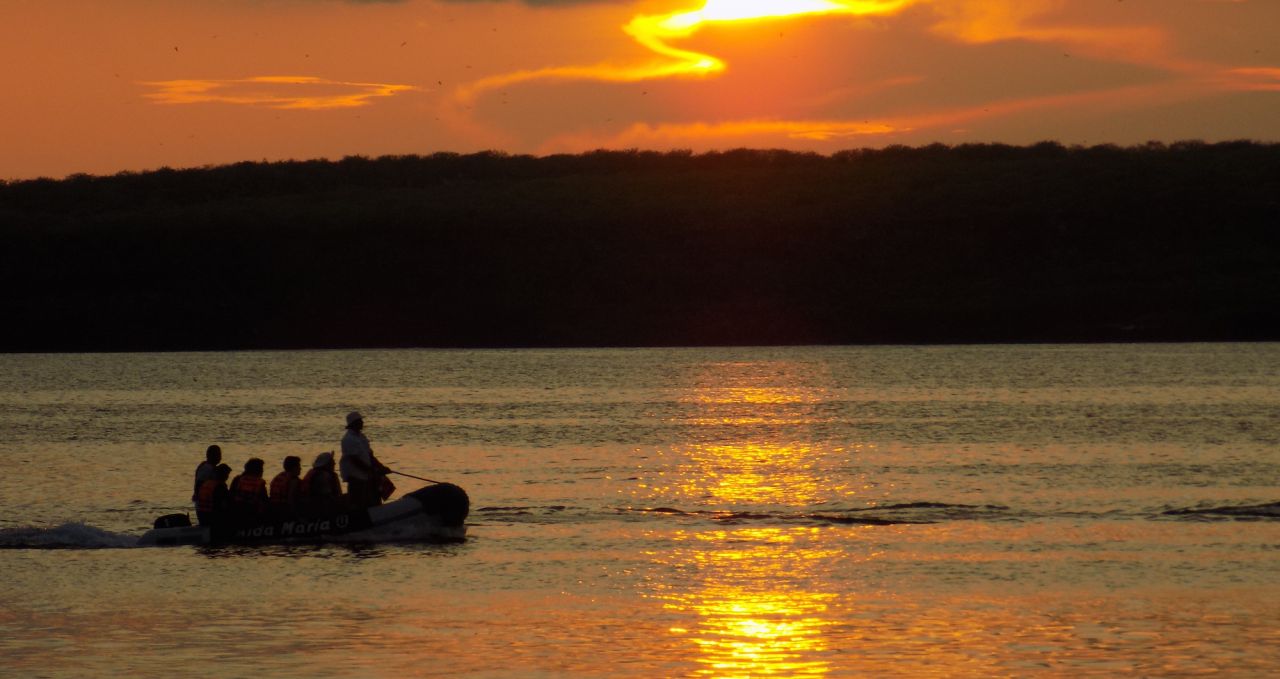
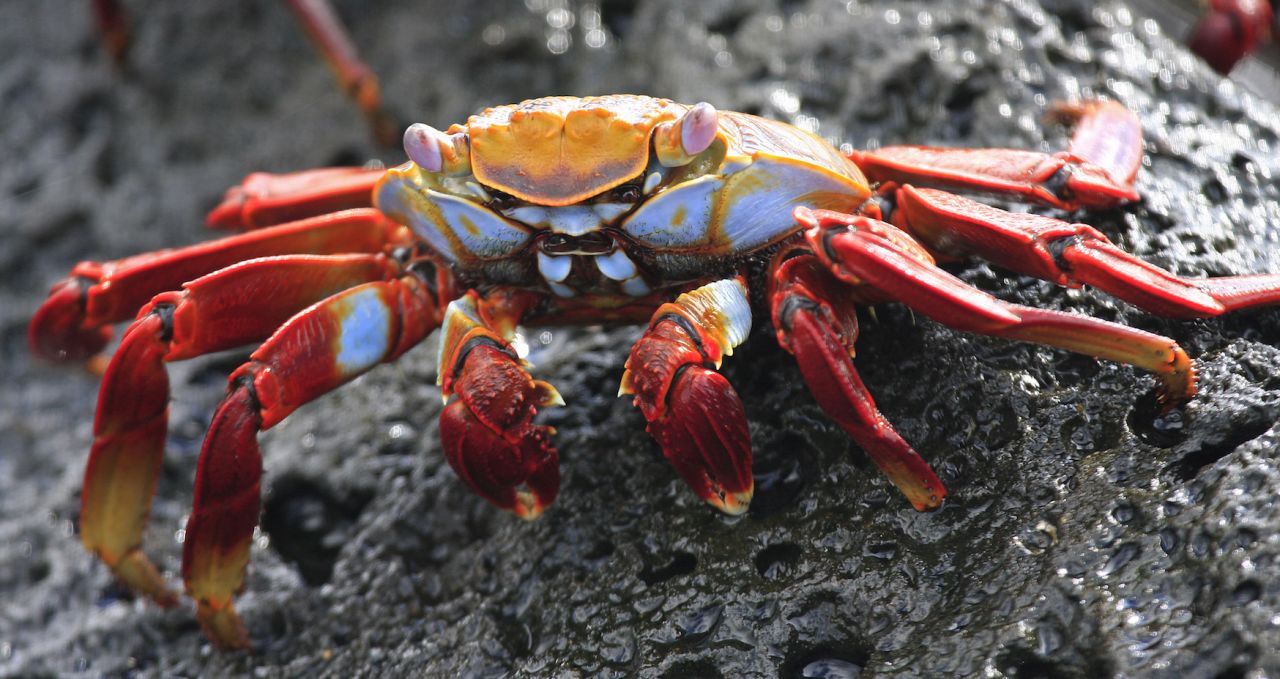
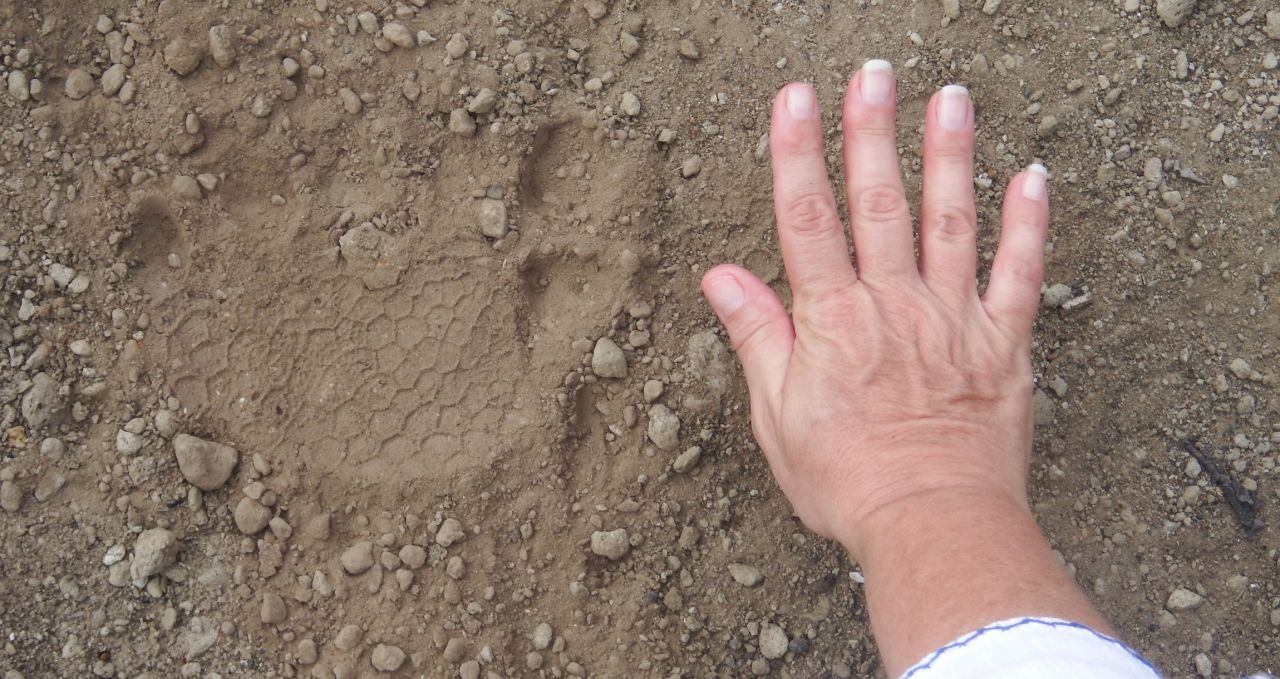
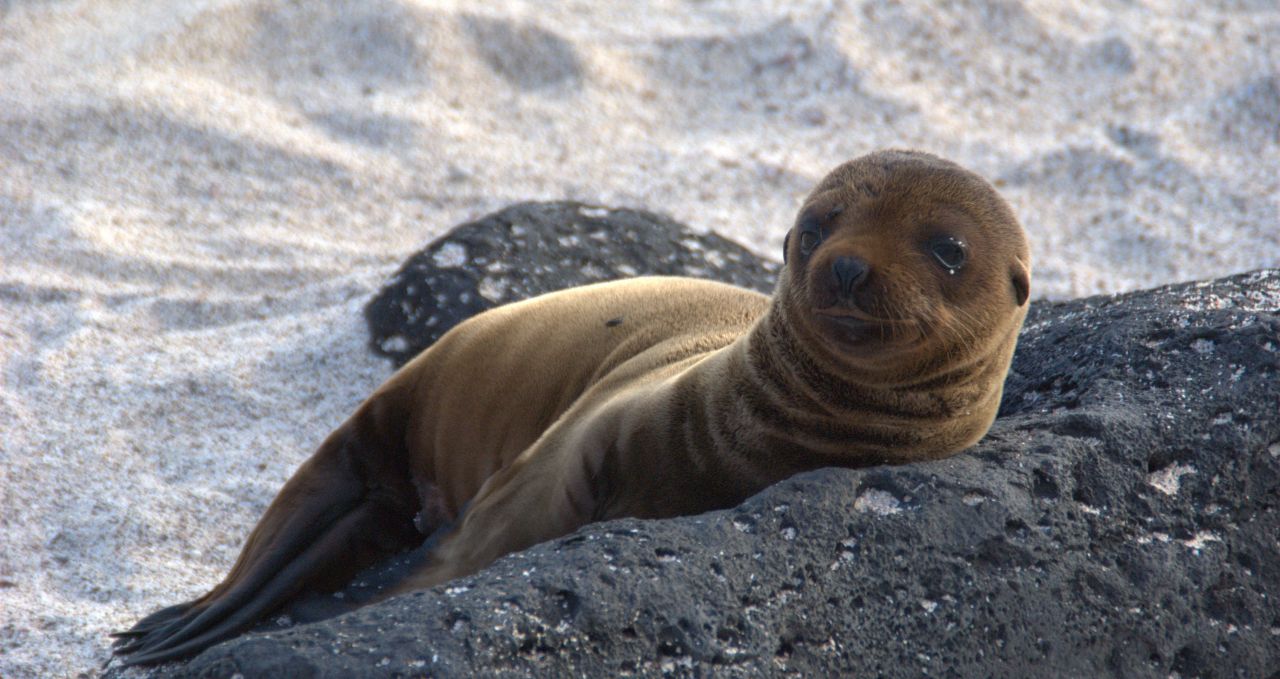
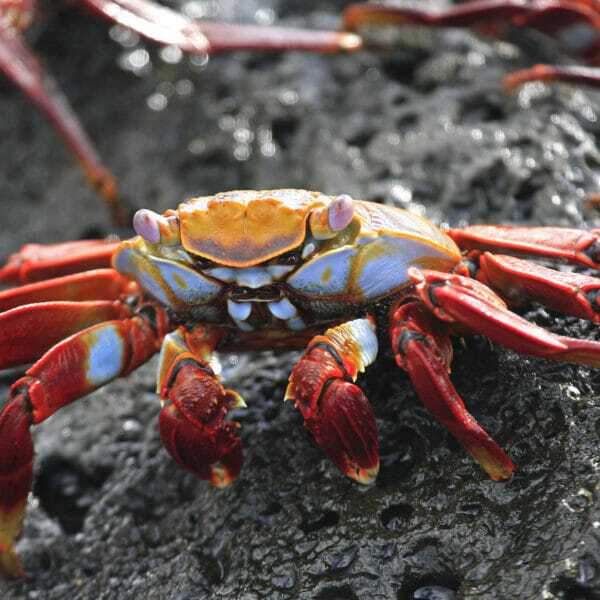
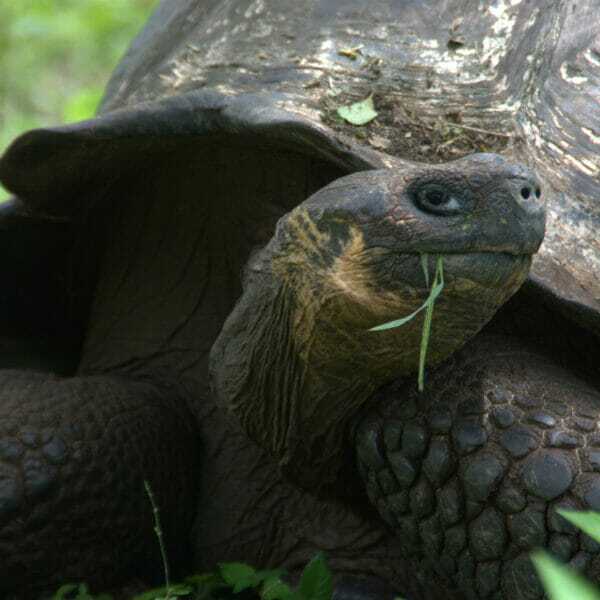
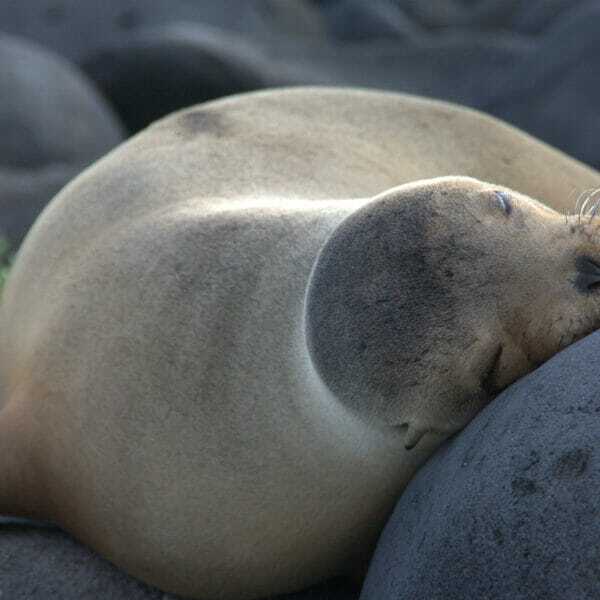
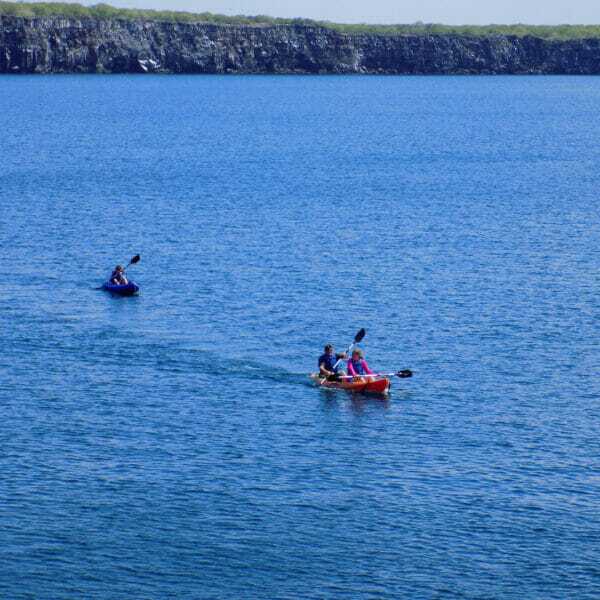
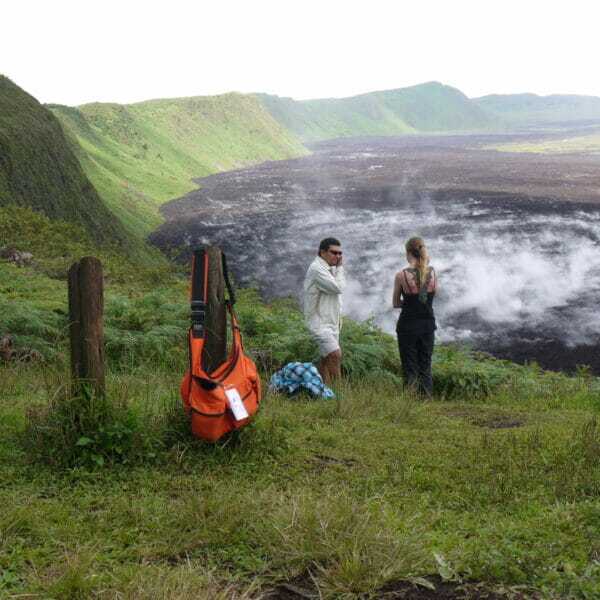
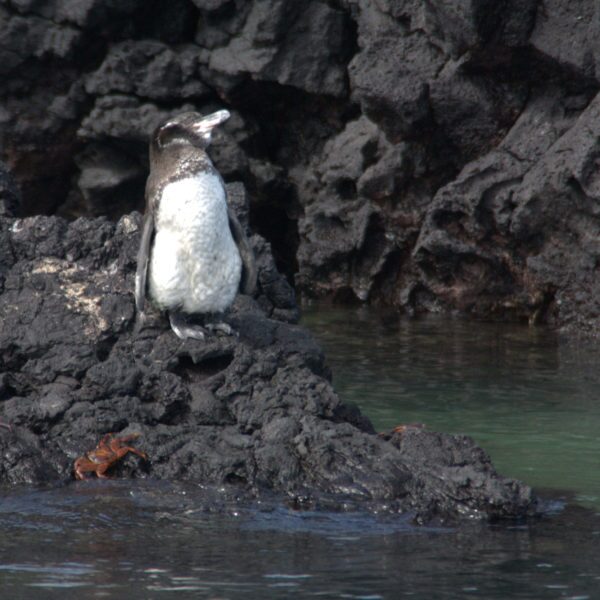
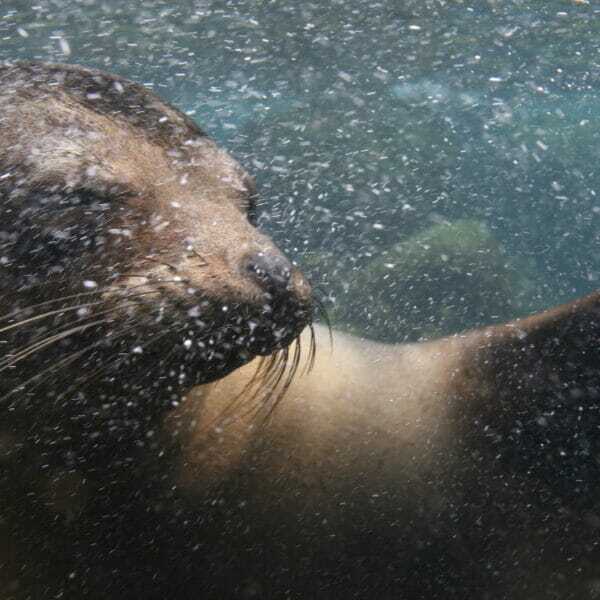
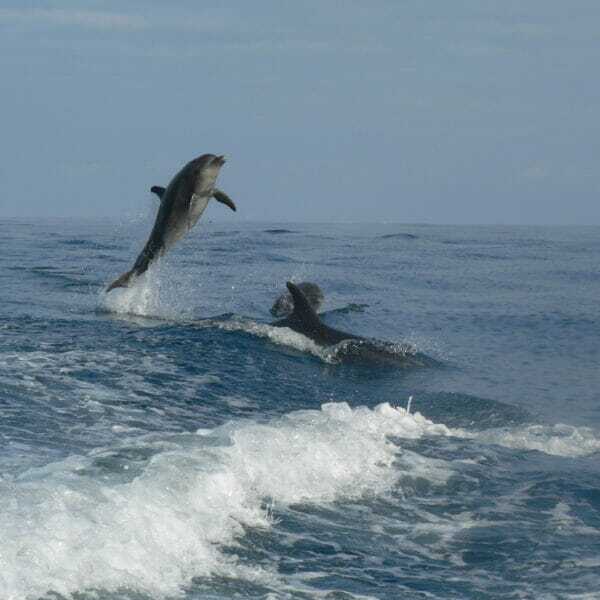
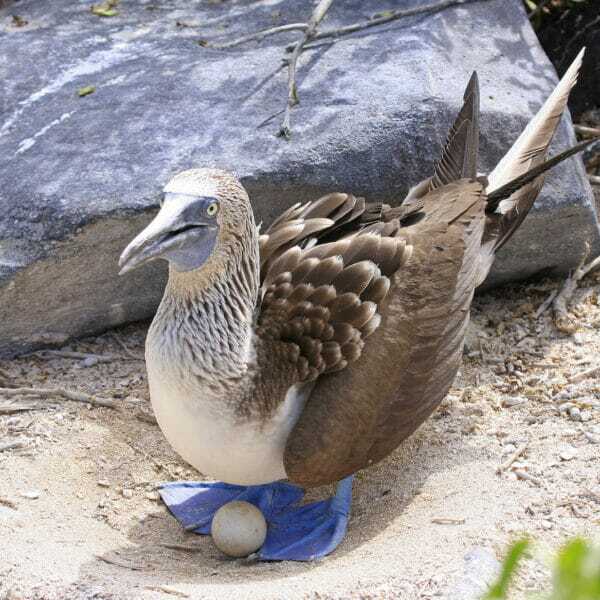
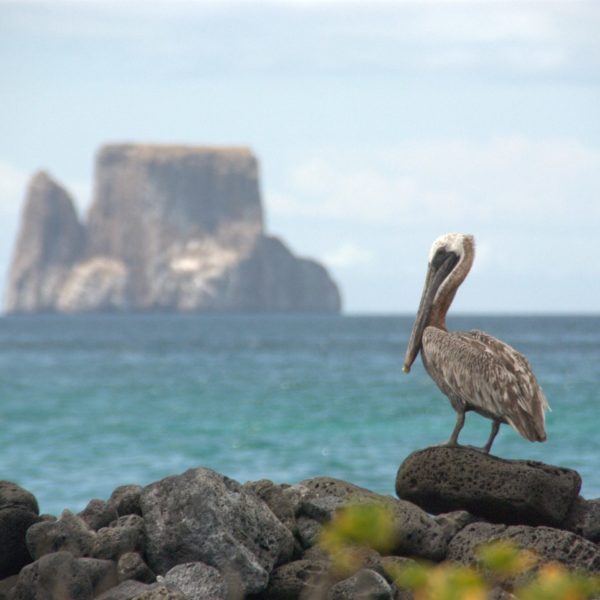
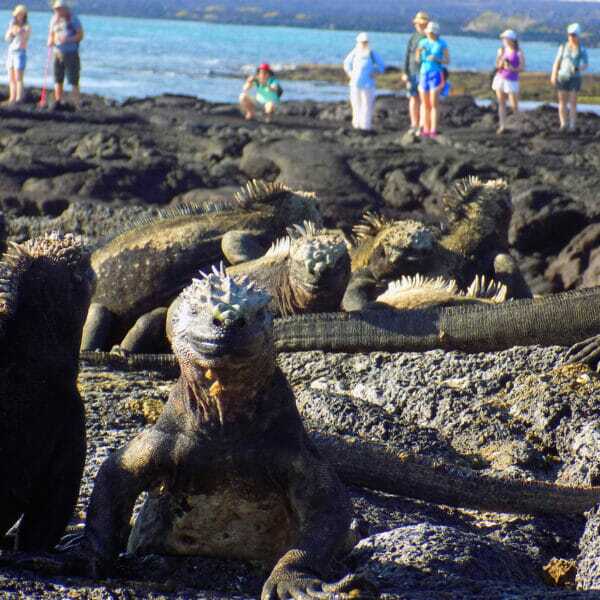
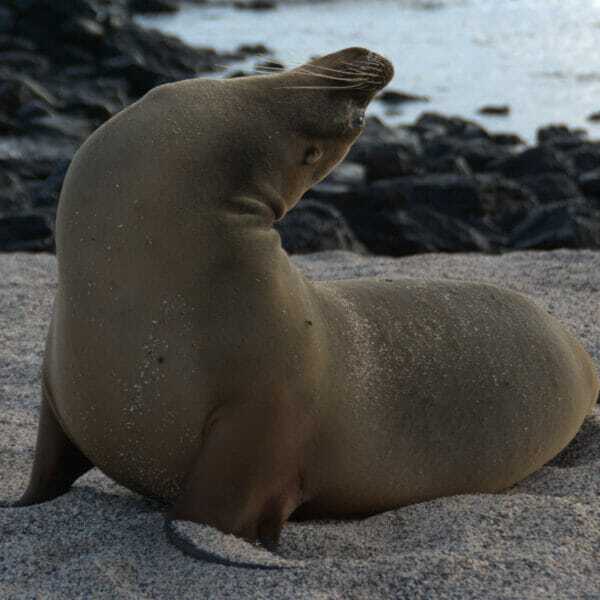
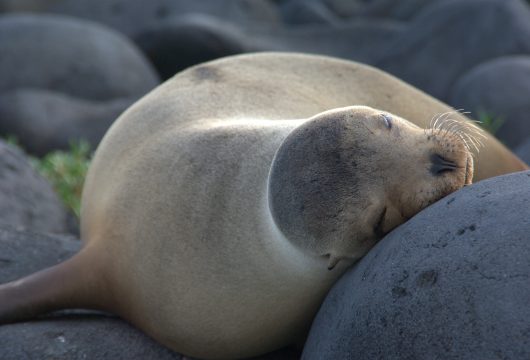

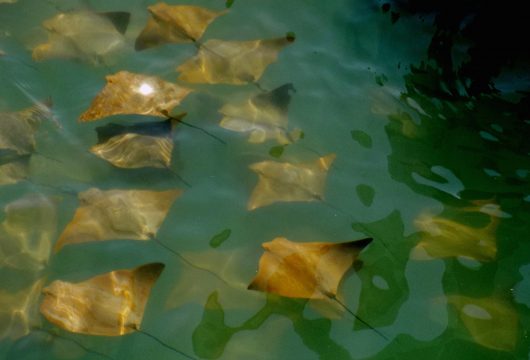
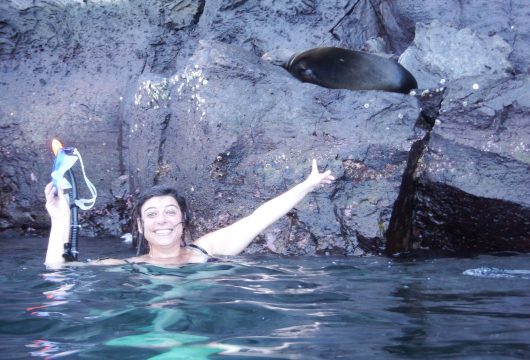
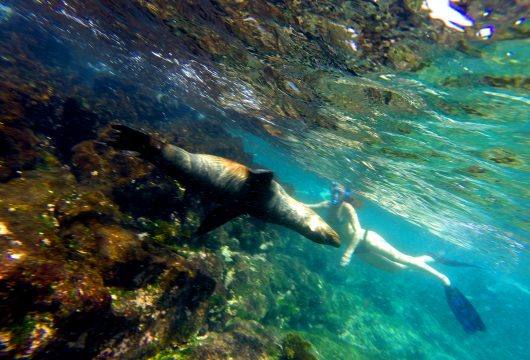
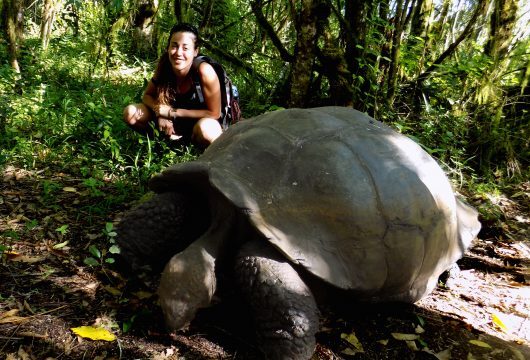
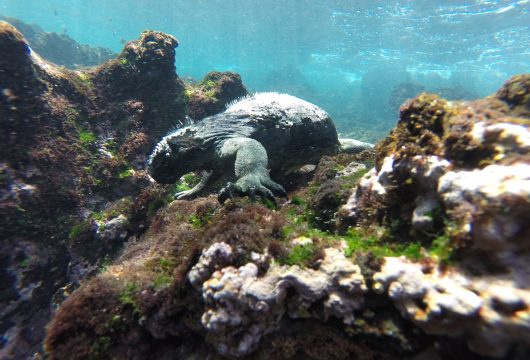
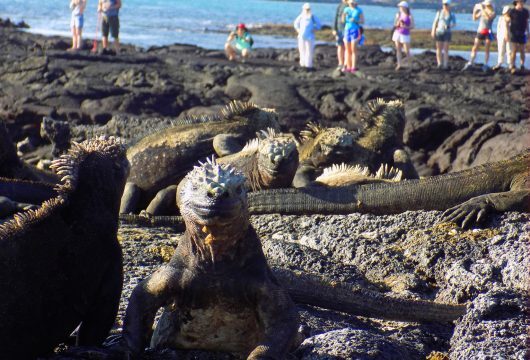
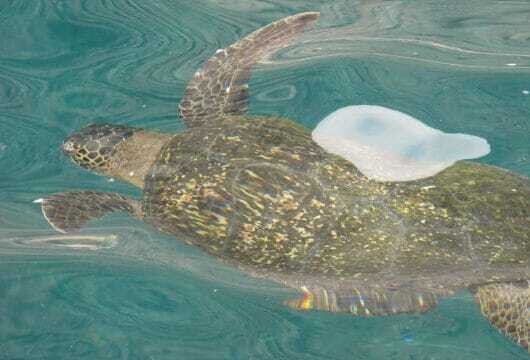
 a Group Tour
a Group Tour  a Tailor Made Tour
a Tailor Made Tour 